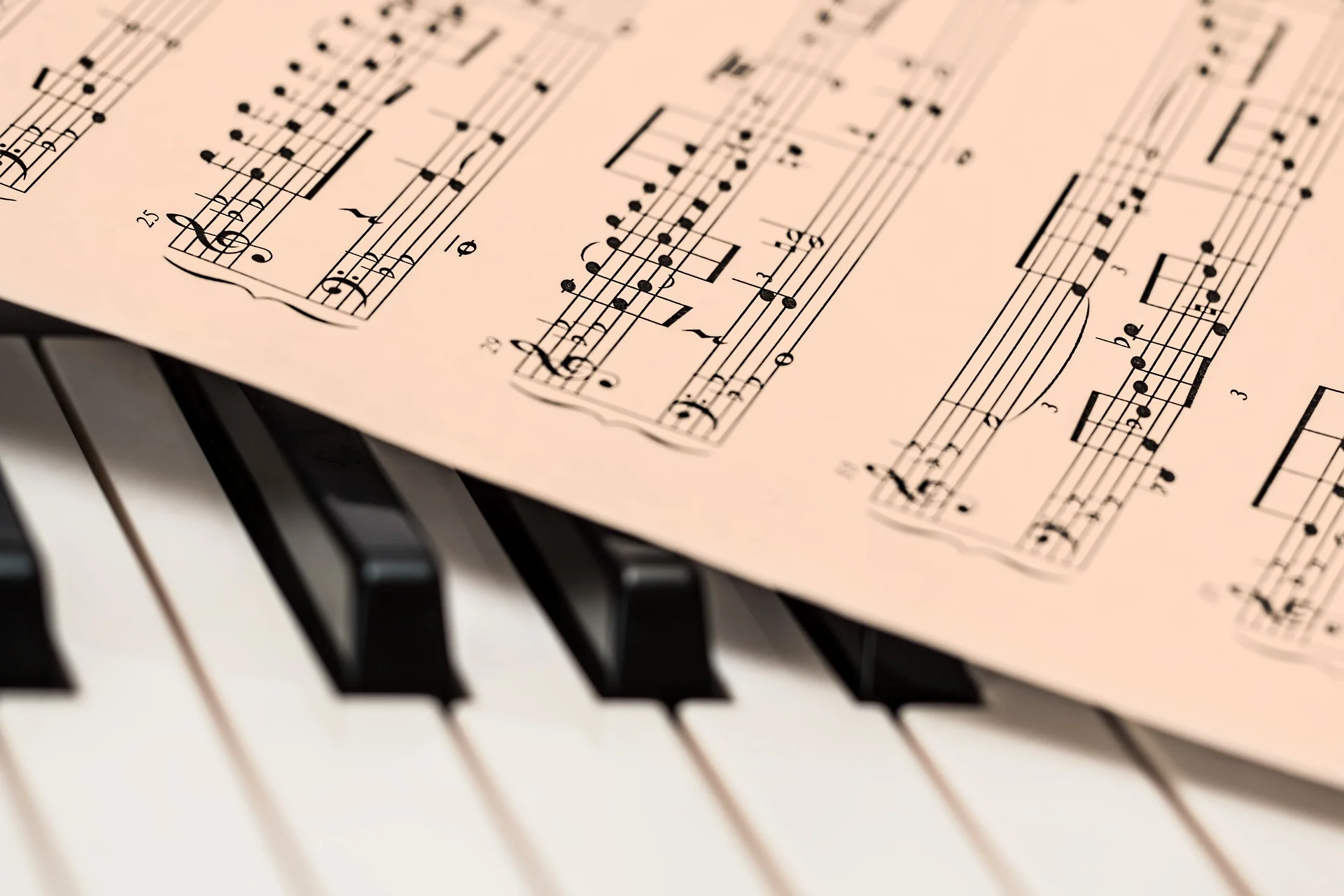By John Hart
Sight-reading, also called a prima vista (Italian meaning "at first sight"), is the reading and performing of a piece of music or song in music notation that the performer has not seen before. (Once a student has played through a piece several times, it can no longer be counted as sight-reading practice.)
I have personally met with students who were able to play some very complex pieces, but were unable to sight-read even a very simple passage. Unless there is some kind of intervention, these same students will always be teacher-dependent. They will need their teacher to play a piece for them as they copy each phrase by rote until the piece is memorized for performance. Those students may be in for a big surprise later as they continue in music. They may often find themselves in situations where they feel handicapped musically, unable to sight-read even a simple musical piece that is placed before them.
Here are some tips on how to avoid this unhappy result:
1. The teacher should choose a well-written music curriculum that steps the student through musical concepts, while reviewing what is already known. Placement in the curriculum should be determined by the student’s sight-reading ability, not solely on the basis of their level of memorized performance.
2. The names and positions of every note need to be introduced at the student’s own pace until every note can be recalled in 1-2 seconds. (Speed of recall is very important.)
3.Intervals should also be introduced at the student’s own pace. (Simply following the curriculum may work for some students, but not others. Some student may need more review, while others may be ready to learn more than what the book is presenting.) Intervalic practice mainly involves recognizing an interval (2nd, 3rd, 4th, etc) on the staff and then playing it correctly on the instrument; but it also involves recognizing what the interval sounds like and reproducing that sound on the instrument.
4. The teacher should provide regular sight-reading experiences. Either have the student regularly play simple pieces that can be read correctly by the 2nd or 3rd time through, or purchase a sight-reading manual that steps students through the process incrementally.
For teachers who use iPads or iPhones, here is one app that I use every day in my own teaching that I highly recommend: Flash Music
To use this app in learning notes, select “Notes” from the available decks, then select “Choose Cards” from the upper right corner. Now select the clef you want to work with and the specific notes you would like to introduce or review. Finally, go back to the page that says “Games” and choose the activity that is most appropriate for the student. Once a flash card appears, swipe to the left as soon as the student responds correctly. If a student is using this app without a teacher, they will need to select the word “Show” at the bottom left of each flash card to see if they were right or wrong. Use this app as a supplement to regular sight-reading exercises.

